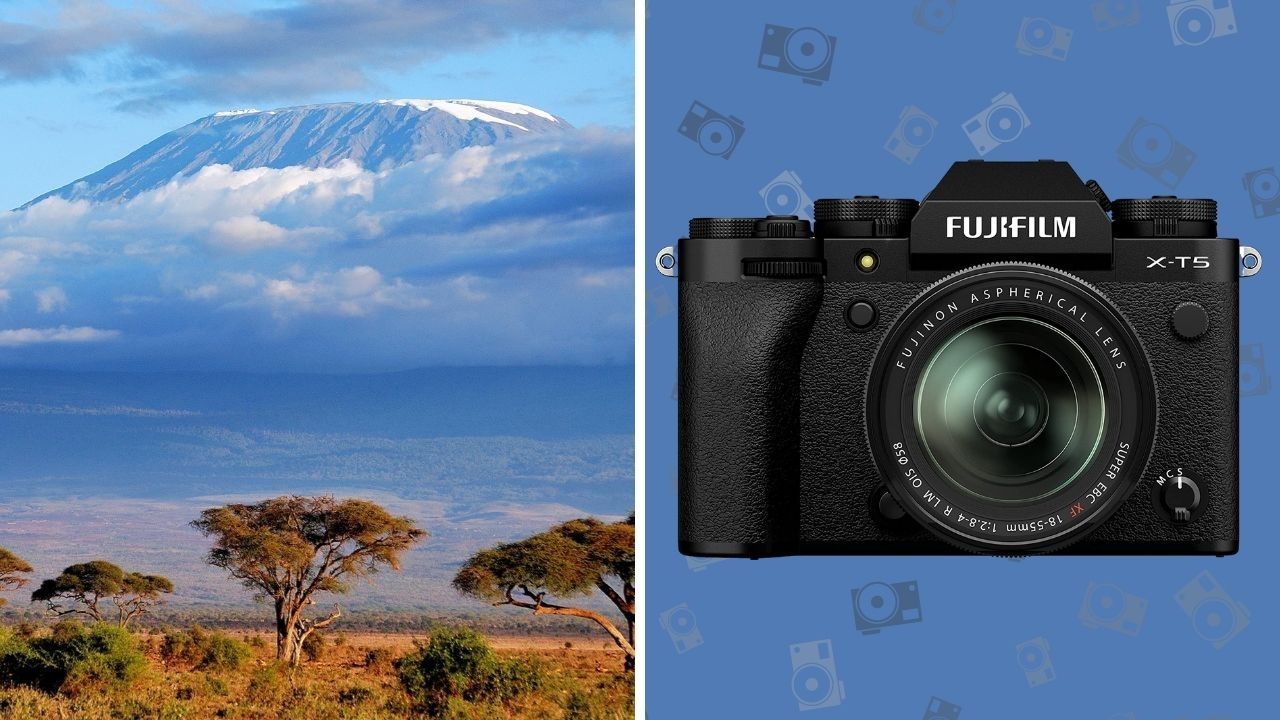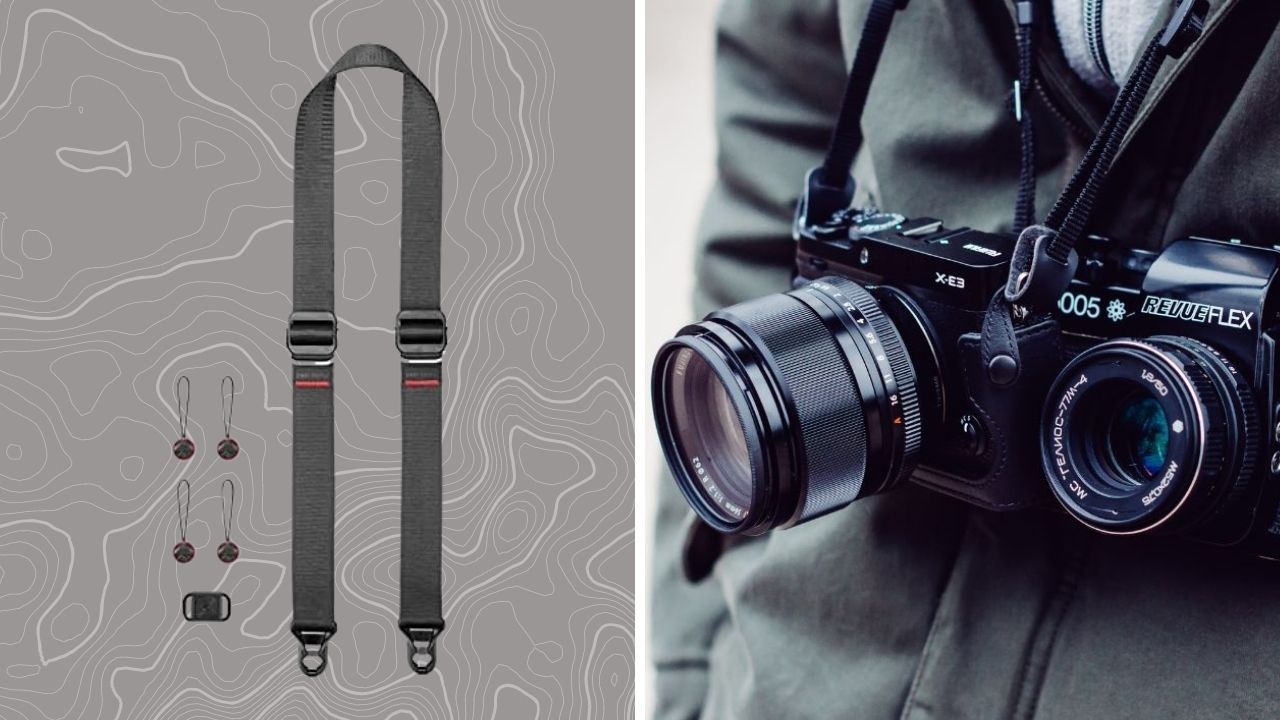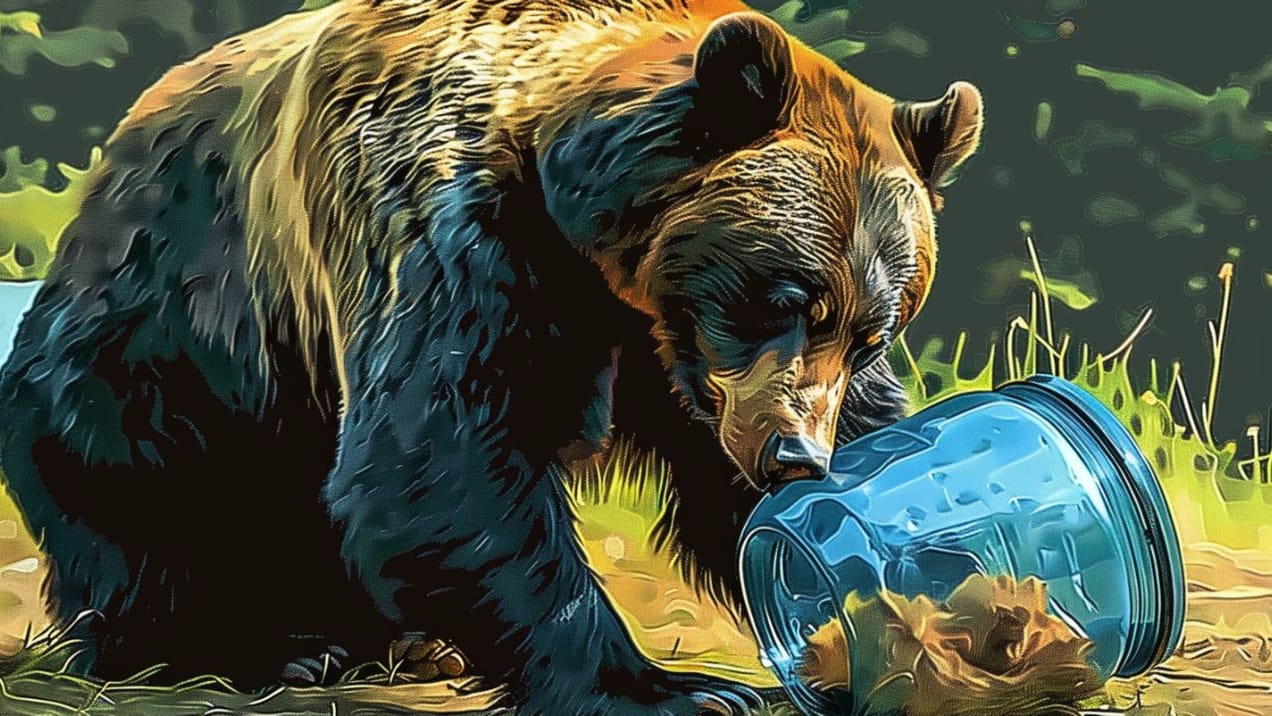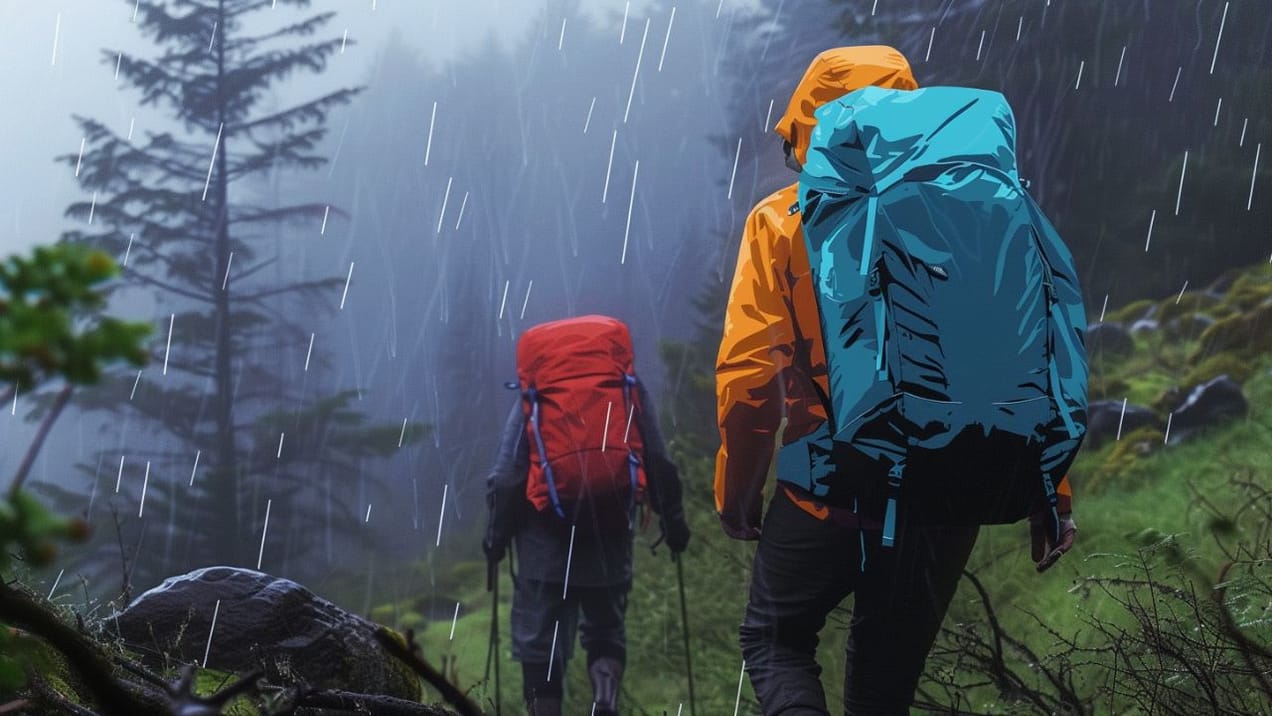
Best Camera Accessories for Mountain Photography
Master mountain photography with essential camera accessories that improve image quality, stability, and safety during your outdoor adventures.
As a mountain photography enthusiast, you know that capturing breathtaking images of majestic peaks and serene valleys is an exhilarating experience.
However, to truly elevate your photography skills and take stunning shots, it's essential to invest in the right camera accessories.
In this blog post, we'll guide you through some must-have items that will not only improve the quality of your photos but also make your mountain hikes more enjoyable.
Disclosure: We only recommend things we’ve personally used or come highly recommended by trusted peers. Using one of our referral links might give us a small commission which helps support this website at no additional cost to you. If you’d like to learn more check out our disclaimer page.
Tripods: The Key to Stability
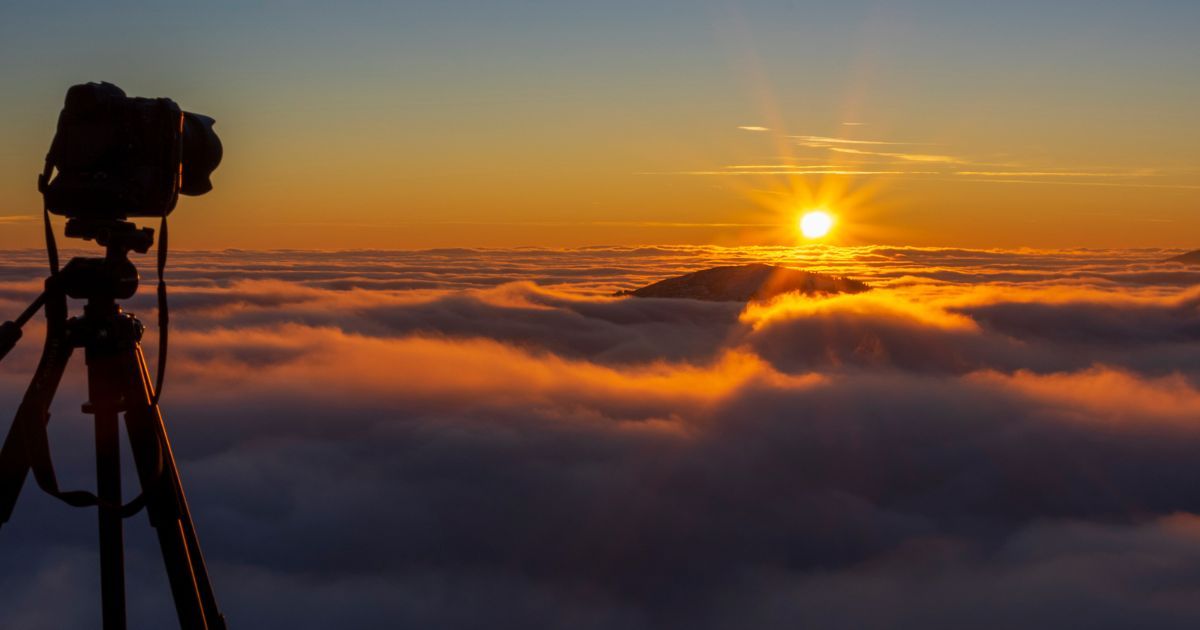
When photographing mountains, stability is crucial for capturing sharp images. That's where tripods come in.
This essential camera accessory provides a steady base for your camera, allowing you to minimize camera shake and take blur-free shots even in challenging conditions.
Both wildlife and studio photography can benefit from the use of tripods. They are particularly helpful when using long lenses for capturing wildlife shots and when framing shots with flashes or studio strobes in a studio setting.
Types of tripods suitable for mountain hikes:
- Lightweight travel tripods: These are perfect for hikers, as they're easy to carry and set up quickly. Look for models with carbon fiber legs for added durability without extra weight.
- Compact tabletop tripods: These small tripods can be easily attached to rocks or other surfaces, providing stability in tight spaces or on uneven terrain.
Key features to consider when choosing a tripod:
- Weight and portability: Make sure your tripod is light enough to carry comfortably during long hikes.
- Stability and durability: A good tripod should be sturdy and able to withstand harsh mountain conditions.
- Height and flexibility: Choose a tripod with adjustable legs and a center column to achieve the perfect shooting angle.
- Head of the tripod: A ball head is versatile, but for making small adjustments, a pan and tilt head offers greater control.
Remote Shutter Release: Capture Steady Shots with Ease
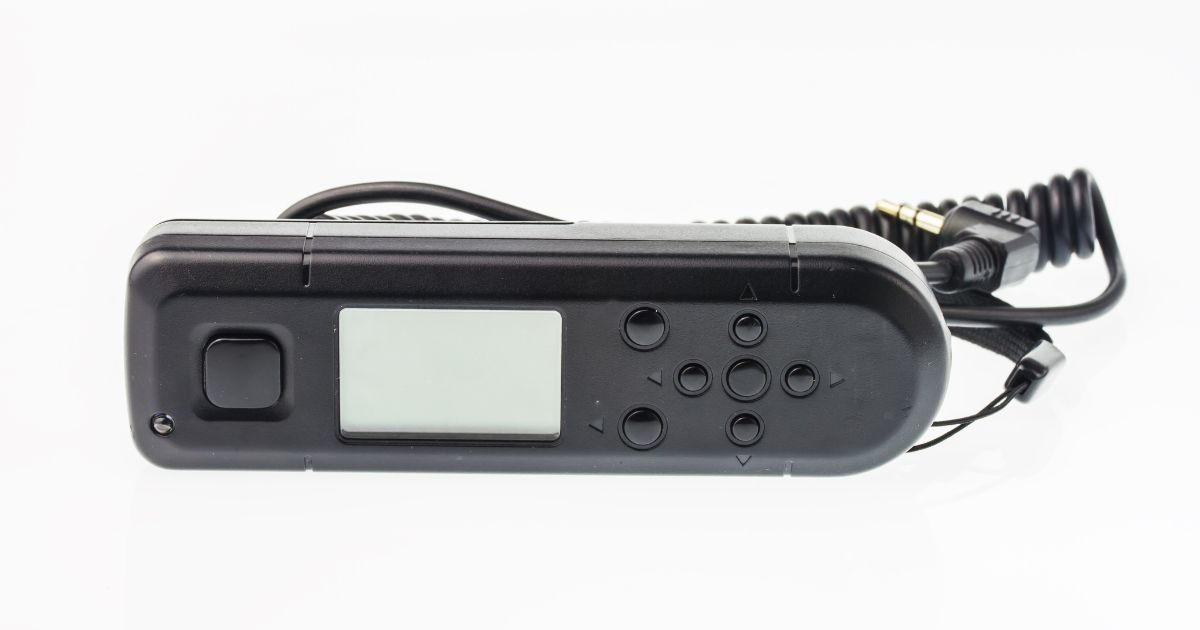
A remote shutter release is another valuable accessory for mountain photography enthusiasts. This handy tool allows you to take photos without physically touching your camera, eliminating camera shake and ensuring sharp images in various situations.
Importance of a remote shutter release for mountain photography:
- Stability: When using slow shutter speeds or taking long exposures, even the slightest camera movement can cause blur. A remote shutter release helps you avoid this by enabling hands-free shooting.
- Versatility: Remote shutter releases are particularly useful for capturing wildlife, as they allow you to maintain a safe distance without disturbing the animals. They also come in handy for self-portraits or group shots where you want to be included in the frame.
- Timelapse photography: If you're interested in creating timelapse videos of changing mountain landscapes, a remote shutter release with an intervalometer function can automate the process, taking a series of photos at specified intervals.
Types of remote shutter releases:
- Wired remotes: These devices connect to your camera via a cable and offer a simple, reliable solution for triggering the shutter.
- Wireless remotes: These remotes use infrared or radio signals to communicate with your camera, providing more flexibility in terms of distance and positioning. Some models even allow you to control your camera using a smartphone app.
Factors to consider when selecting a remote shutter release:
- Compatibility: Ensure the remote shutter release you choose is compatible with your camera model.
- Range and connectivity: Consider the maximum distance from which you can trigger the shutter, especially if you plan on capturing wildlife or setting up shots from afar.
- Additional features: Some remote shutter releases offer advanced functions such as interval timers, exposure control, and multi-exposure capabilities, which can expand your creative options in mountain photography.
Filters: Enhance Your Images
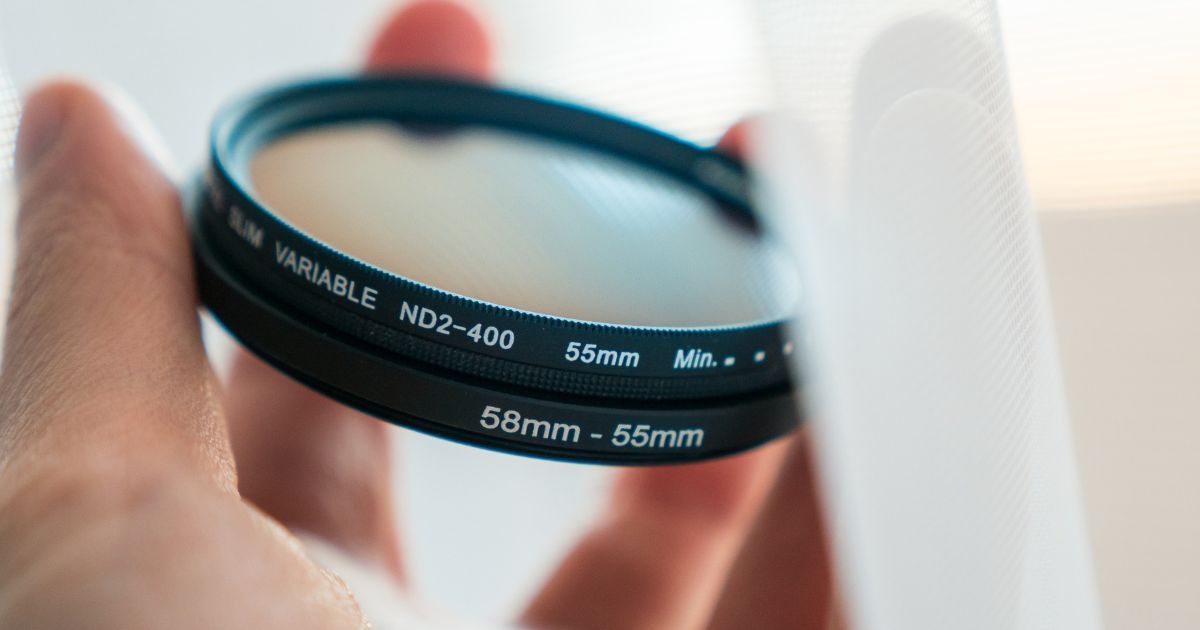
Filters can greatly improve your mountain photography by enhancing colors, reducing glare, and controlling exposure in bright conditions.
Types of filters useful for mountain photography:
- Polarizing filters: These filters enhance colors and contrast, making skies bluer and foliage more vibrant. They also reduce glare and reflections on water or other shiny surfaces.
- Neutral density (ND) filters: ND filters help control exposure in bright conditions, allowing you to use a slower shutter speed for long exposures and creative effects, such as silky waterfalls or blurred clouds.
- Graduated neutral density (GND) filters: GND filters balance exposure between bright skies and dark landscapes, preventing overexposed highlights or underexposed shadows.
Tips for using filters effectively:
- Properly attaching and adjusting filters: Make sure your filter is securely attached to your lens and adjusted correctly for the desired effect.
- Cleaning and maintaining filters: Keep your filters clean and free of dust or fingerprints to ensure optimal image quality.
Extra Batteries: Power Up Your Adventure
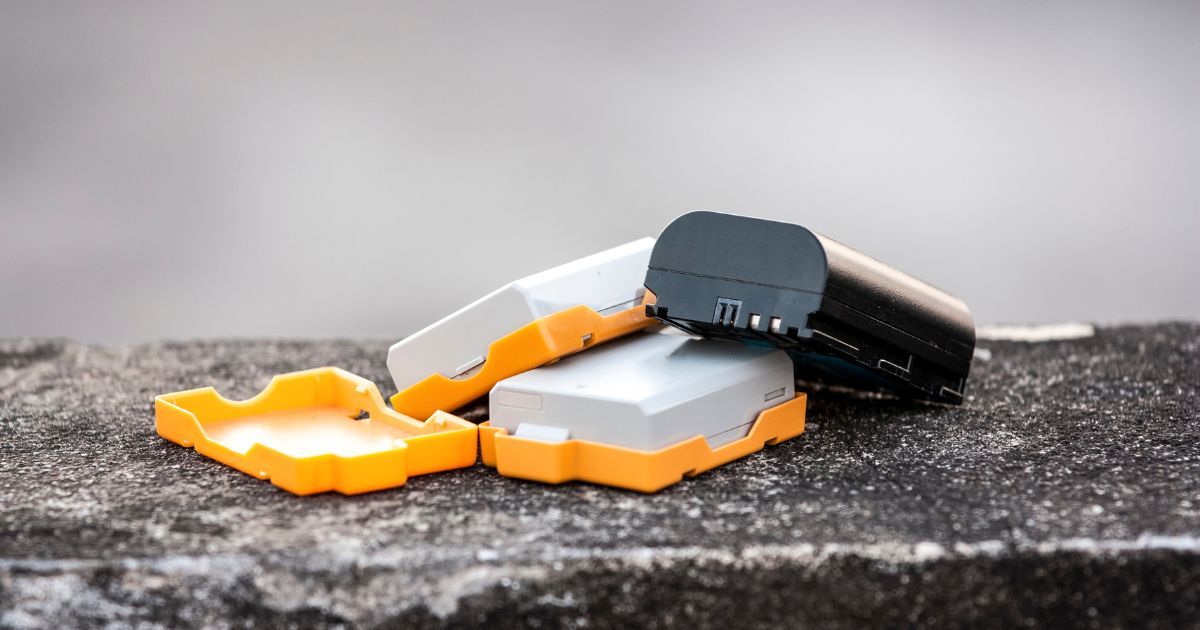
There's nothing worse than running out of battery power during a mountain hike. Having backup batteries ensures you can keep shooting without interruption.
Battery life considerations for mountain photography:
- Cold weather impacts on battery life: Batteries can drain more quickly in cold temperatures, so be prepared with extra power sources.
- Strategies for conserving battery power: Turn off your camera when not in use, use power-saving settings, and avoid excessive chimping (reviewing photos on your camera's LCD screen).
Choosing the right batteries for your camera:
- Compatibility and capacity: Ensure your spare batteries are compatible with your camera model and have enough capacity to last through your hike.
- Rechargeable vs. disposable batteries: Rechargeable batteries are more eco-friendly and cost-effective in the long run, but disposable batteries can be useful in emergencies or when you're unable to recharge.
Camera Straps and Harnesses: Secure Your Gear
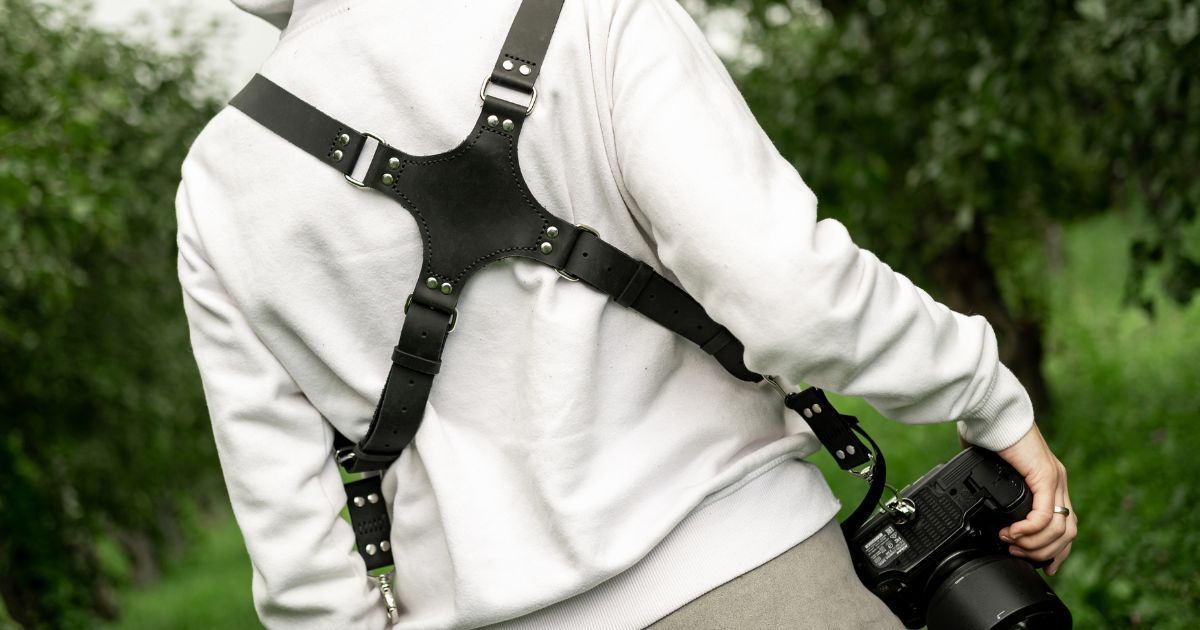
Using a strap or harness for your camera can make a significant difference in your mountain photography experience. These accessories offer comfort, support, accessibility, and protection for your precious gear.
Benefits of using a strap or harness for mountain photography:
- Comfort and support: A well-designed strap or harness can distribute the weight of your camera evenly, reducing strain on your neck and shoulders.
- Accessibility and ease of use: With your camera securely attached, you can quickly access it and capture stunning shots without fumbling through your backpack.
- Security and protection: A strap or harness ensures your camera stays close to your body, reducing the risk of accidental drops or damage.
Different types of straps and harnesses:
- Neck straps: Traditional camera straps that hang around your neck, providing easy access to your camera.
- Sling straps: These straps are worn across your chest, allowing your camera to slide smoothly along the strap for quick and easy shooting.
- Chest harnesses: A secure and comfortable solution for carrying heavy cameras and lenses, distributing the weight evenly and keeping your gear close to your body.
Factors to consider when selecting a strap or harness:
- Material and durability: Choose a strap or harness made from strong, durable materials that can withstand the rigors of mountain photography.
- Adjustability and customization: Look for options that allow you to adjust the length and fit to suit your body and preferences.
- Compatibility with camera and other gear: Ensure the strap or harness is compatible with your camera model and any additional equipment you may need to carry, such as lenses or filters.
Weather Protection and Storage: Keep Your Gear Safe and Dry
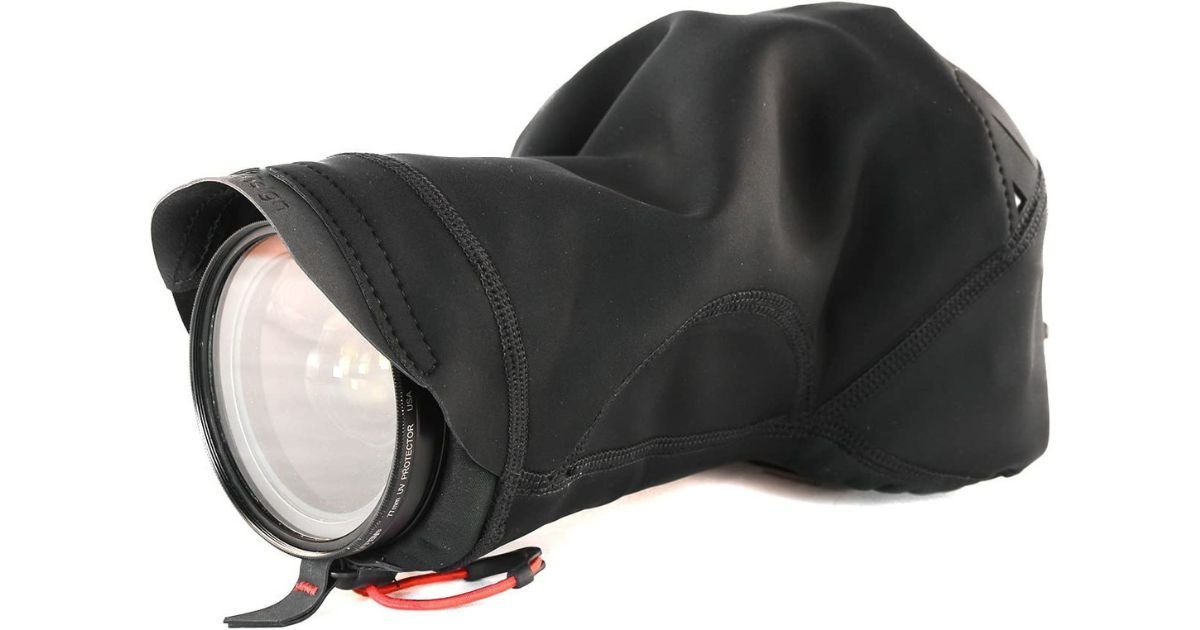
Protecting your camera equipment from the elements is crucial during mountain hikes. Rain, snow, and dust can all cause damage to your gear if not properly protected. Especially when removing the lens from the camera body it can pick up dust.
Types of weather protection and storage options:
- Camera rain covers: These lightweight, waterproof covers shield your camera and lens from rain, snow, and dust, allowing you to continue shooting in adverse conditions.
- Waterproof camera bags: A good-quality waterproof camera bag can protect your gear from moisture and impact, keeping it safe and dry during your hike.
- Dry bags for additional gear: Store extra lenses, filters, and other sensitive equipment in dry bags to ensure they remain protected from the elements.
Tips for keeping your camera gear safe and dry:
- Regularly check and maintain equipment: Inspect your camera, lenses, and accessories for signs of wear or damage, and clean them as needed.
- Properly seal and store gear when not in use: Keep your equipment securely packed away in protective cases or bags when you're not shooting to minimize exposure to the elements.
Bottom Line
Investing in essential camera accessories such as tripods, filters, extra batteries, straps, and weather protection can significantly improve the quality of your mountain photography and enhance your overall experience.
Not having the proper photography accessories can restrict your camera's capability to assist you in producing exceptional photographs.
By equipping yourself with these high-quality accessories, you'll be better prepared to capture stunning images and shoot video that truly showcases the beauty of the mountains.
So, gear up and let your mountain photography adventures begin!
Recommended For You...
